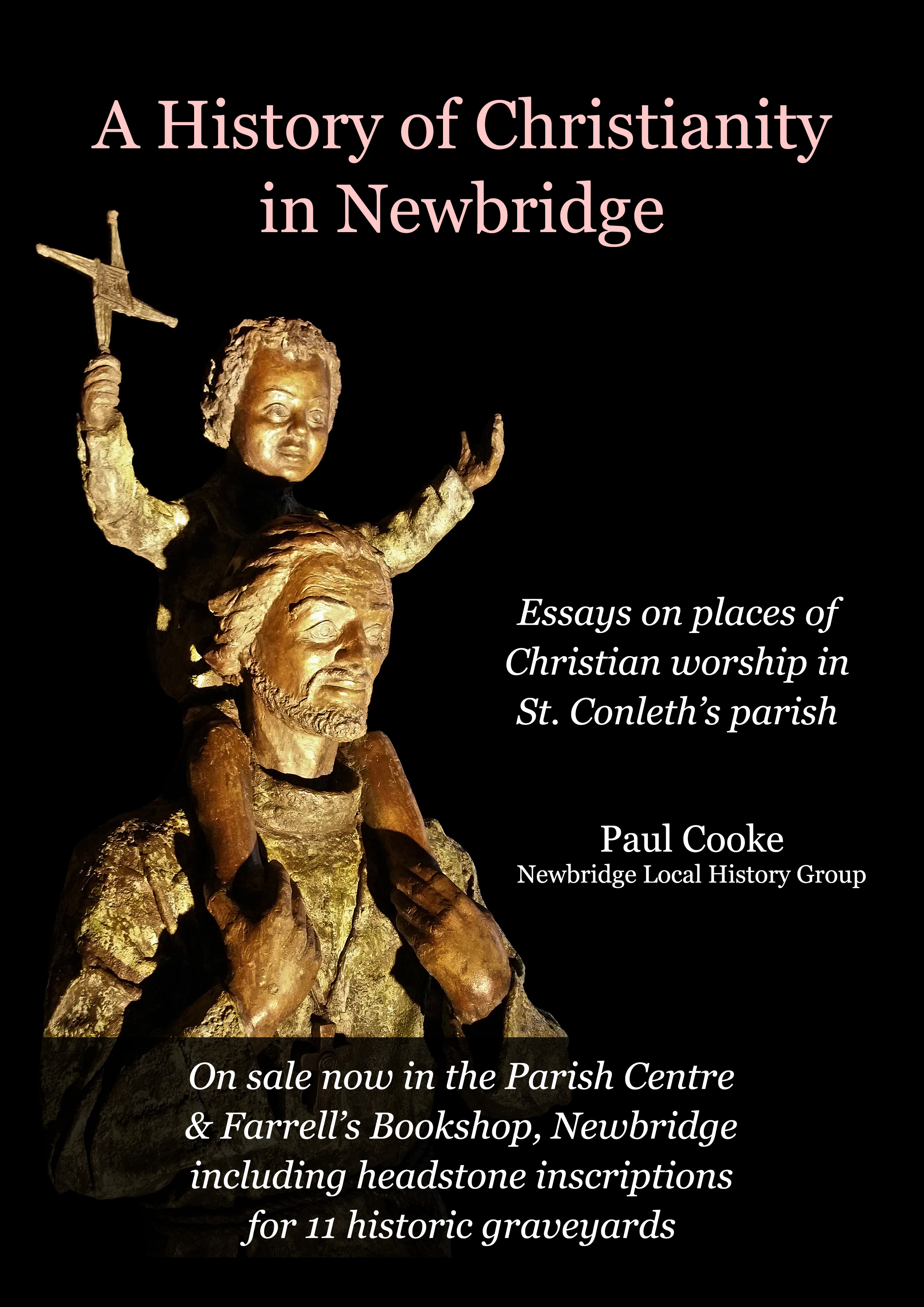Newbridge Cutlery 1935-70
NEWBRIDGE CUTLERY (1935)
Newbridge Cutlery was established in 1935 in part of the old military barracks in the centre of the town. The factory was originally intended for Tralee, but the good offices of William Norton, leader of the Labour Party at the time, helped secure it for Newbridge. Money from the Industrial Credit Company, some £40,000, helped to finance its start up. The plan was to manufacture silver-plated knives and forks for the home market.
Some local people took shares in the venture, and experts were brought in from Sheffield in England to train the local labour force. Mr J. W. Haigh was appointed managing director and he came over from Sheffield with six men skilled in the craft of cutlery making to train local workers here. One of these men, William Gamble, would stay on and settle in Newbridge. Ten former barracks houses were assigned by the Town Commissioners as living quarters for key members of the work force. By 1939, the factory was working to capacity and had cornered the major share of the Irish market.
During World War II, 1939-45, when imported raw materials were impossible to procure, the factory was able to acquire Irish-based materials to keep the factory going. After the War, a work force of 350 kept the company competitive, and in 1947 it took a 25% share in Sandersons (Newbridge) Ltd, a factory nearby that made saws and files from imported steel for the home market. Because Newbridge Cutlery was a Public Company, it used its increased share capital to purchase a cutlery factory in Enniscorthy, Co. Wexford, as well as other investments in England. It became known as Newbridge Holdings.
In the mid-1950s the factory began to make its own cutlery blanks instead of importing them. In the 1960s they expanded into making hollow-ware (hollow articles of metal like pots, kettles, etc).
But the Anglo-Irish Free Trade Agreement (1965) and the immanence of EEC membership (we joined in 1973) affected the company’s future. In 1971 Newbridge Holdings decided to cease manufacturing in Newbridge, and it was sold to a group of local businessmen. J.H. Hayes, Dominic Doyle, Joe McLoughlin, Richard (Dickie) White, Donal O’Rourke and Alan Rountree (who came as Production Manager in 1972) made up the new Board of Directors.
An article in New Link (May 1974) summarised what the working environment in the factory was like. In the Blanking Dept., where strips of stainless steel or nickel were blanked into whatever shape or pattern was required, Jim Mahoney was the foreman (and also in the Blade Forging Shop) and was ably helped by Paddy Mockler. Mervyn Molyneaux was in charge of the Spoon and Fork Dept. Jimmy Coffey was the foreman in the Grinding Dept. Richard White worked in the Assembly Dept., and John Murray ran the Finishing Dept. where all spoon, fork and hollow-ware products were polished. Tommy Slattery supervised stainless steel items in the Warehouse and Dispatch Dept.
Nickel silver pieces were sent to the Plating Dept. where they were lowered on trays into huge vats of Plating solutions, where they were left for a time until the required thickness of silver had built up. Noel Boylan looked after the Electro-Plating. John Martin was the Maintenance Foreman, looking after the repairing of machinery. William Kett and Andy Thorpe worked in the Repair Dept., while in the Dispatch Dept. Tom Connors and Bernie Harrigan made sure the orders were sent out all over the world. Mary Hayes looked after the Sales dept.
Bernard Martin, from Pairc Muire, summed up the work atmosphere in Newbridge Cutlery: most of us have been together here for many years. We all know each other. We joke and have a laugh among ourselves and no one ever takes offence. We are all workers in this factory. There is nobody here walking around dressed up giving orders.

